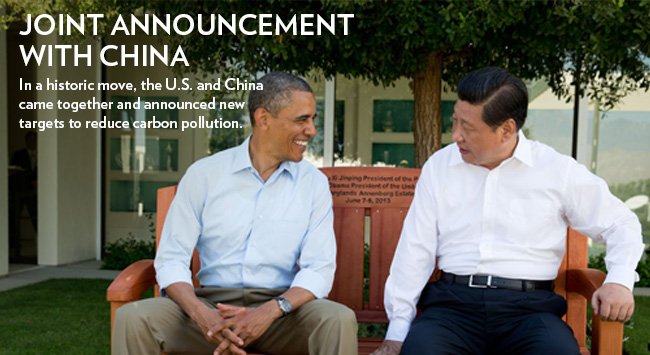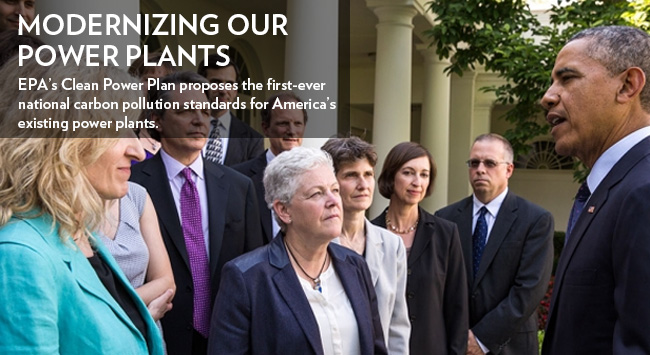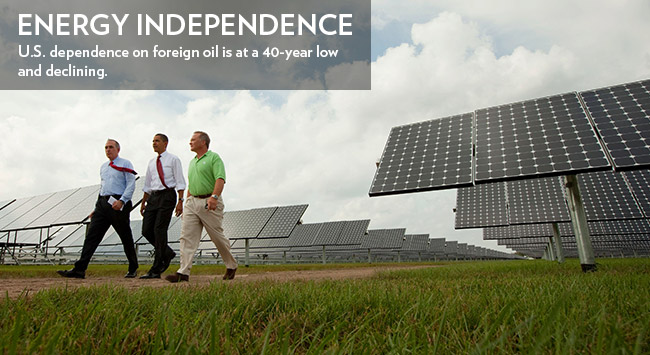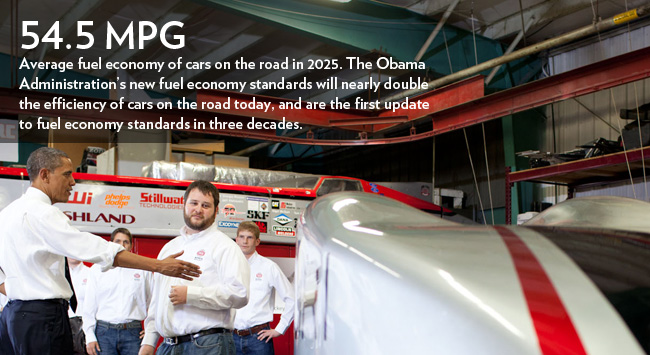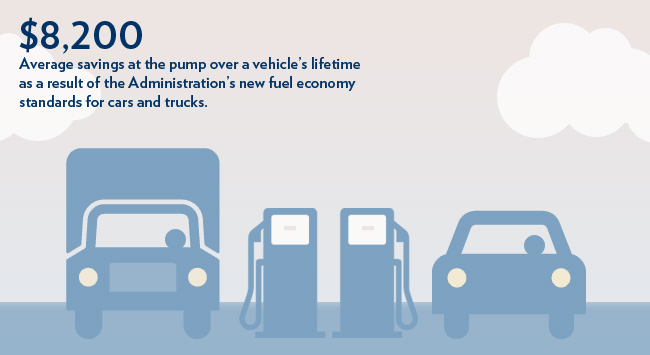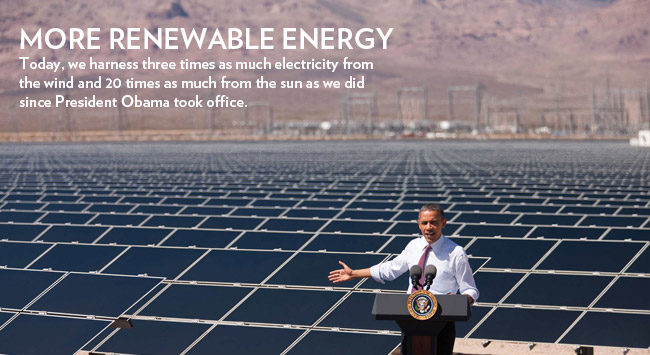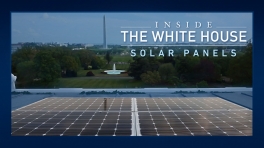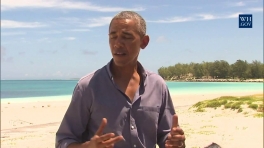Energy and Environment Latest News
DOT Helps States, Local Communities Improve Transportation Resilience
Posted by on August 11, 2015 at 2:28 PM ESTEd. note: This is cross-posted on the U.S. Department of Transportation's blog. See the original post here.
Under the Obama administration, the U.S. Department of Transportation has been working hard to support communities across the country as they adapt the planning, development, and management of their transportation assets for greater resilience in the face of climate change. And earlier today, I kicked off a workshop to share tools and resources to help states, transit agencies, and local communities do just that.
This was an important workshop — more than 50 people attended in person with another 400 joining us online — and it comes at an important time in the history of transportation in the U.S.
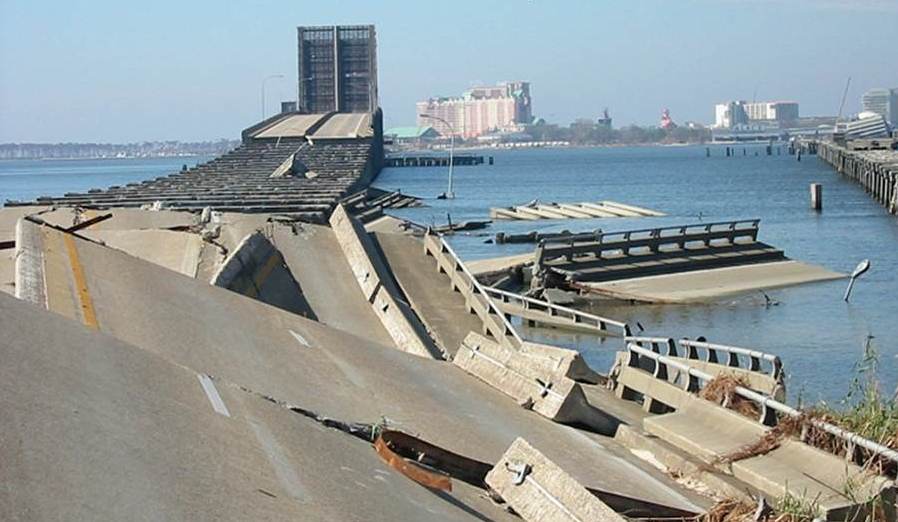
U.S. Highway 90 bridge over Biloxi Bay after Hurricane Katrina in 2005.
Learn more about Energy and EnvironmentA Critical Fix to Funding Our Wildfire Response
Posted by on August 7, 2015 at 3:45 PM ESTToday, President Obama signed into law the Sawtooth National Recreation Area and Jerry Peak Wilderness Additions Act (“Boulder-White Clouds”). This bipartisan bill protects three new wilderness areas over more than 275,000 acres. As he signed this bill into law, the President also called attention to another bipartisan piece of legislation that has yet to be passed: a critical fix to the way we fund our response to wildfires.
In Idaho – where the Boulder-White Clouds bill preserves these important areas – and across the West, firefighters are battling dozens of fierce wildfires. In Alaska alone, wildfires have burned approximately 5 million acres of land. That is about the size of the entire state of Connecticut. And with a changing climate, we know we will have even longer, hotter fire seasons. As Secretary of Agriculture Tom Vilsack recently highlighted in a new USDA report, for the first time ever, the U.S. Forest Service is spending more than half of its budget to suppress wildfires at the cost of mission-critical programs that can help prevent fires in the first place, such as forest restoration and watershed management.
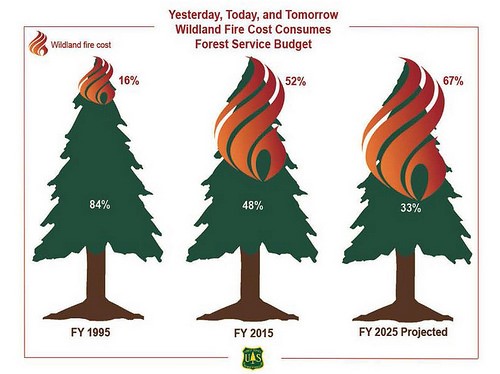 Learn more about Energy and Environment
Learn more about Energy and EnvironmentWest Wing Week: 08/07/15 or, "The Measure Of A Leader"
Posted by on August 7, 2015 at 12:39 PM ESTThis week, the President announced a new historic action to cut harmful carbon pollution, advocated for the Iran deal, celebrated his 54th birthday, and inaugurated a new class of Mandela fellows.
Nomination Period Open for the Sustained National Climate Assessment Federal Advisory Committee
Posted by on August 6, 2015 at 3:48 PM ESTDecision-makers across the nation are increasingly focused on anticipating, mitigating, and adapting to climate change. That’s why the President’s Climate Action Plan emphasizes the importance of “actionable science”: scientific findings tailored to assist decision makers and citizens in anticipating and preparing for specific climate-change impacts.
Every four years, the United States Global Research Program (USGCRP) releases a comprehensive National Climate Assessment (NCA) report. The NCA embodies the concept of actionable science by communicating reliable information about climate changes that are happening now in the United States, and further changes that we can expect to see throughout this century.
To complement the NCA and expand the capacity of the Federal government to provide scientifically sound climate information on a timely basis, the USGCRP is implementing a sustained climate assessment process. This process will facilitate continuous and transparent participation of scientists and stakeholders across regions and sectors, enabling new information and insights to by synthesized as they emerge.
I invite you to submit nominations for members for a new Federal Advisory Committee (FAC) for the sustained National Climate Assessment.
Learn more about Energy and EnvironmentU.S. Takes New Steps to Combat Wildlife Trafficking
Posted by on August 5, 2015 at 9:00 AM ESTThe loss of Zimbabwe’s Cecil the Lion has dominated recent news coverage. What has received less attention is that five elephants were killed in Tsavo West National Park in Kenya as well last week.
These incidents raise the question of how to best protect treasured wildlife. Poaching is a global problem and a focused effort is required to combat it, even when it's not in the headlines. And that's what we're committed to do.
Poachers kill one elephant about every 15 minutes, and it's led northern white rhinos to the brink of extinction. Poaching doesn't just hurt animals, but everyday people. Ivory and other wildlife goods fuel a network of wildlife traffickers and armed groups that create instability around the world.
President Obama is making sure that, when it comes to ending poaching, the United States takes the lead. While in Kenya last month, he announced the latest in a series of American steps to stop this deadly practice — a new proposed rule, which would prohibit most interstate commerce of African elephant ivory and beef up restrictions on commercial exports. Put together with other actions under the President's 2013 Executive Order, the proposed rule would create a near-total ban on domestic commercial trade of African elephant ivory.
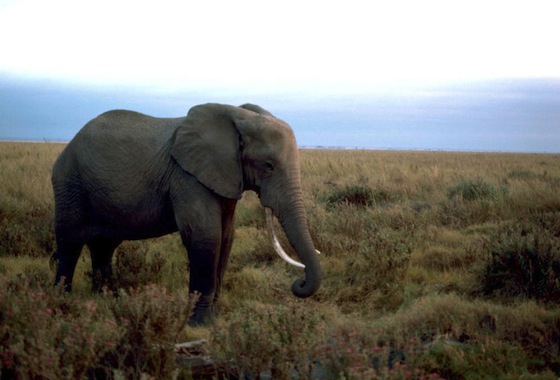
The President also announced other new steps to support international efforts against poaching:
Learn more about , Energy and EnvironmentStatements of Support for the Clean Power Plan from Science and Technology Leaders
Posted by on August 5, 2015 at 8:46 AM ESTIn response to the Monday, August 3 announcement of the Clean Power Plan, I have received many statements of support from science and technology leaders, including members of the President’s Council of Advisors on Science and Technology (PCAST). I am pleased to share a selection of those statements here:
Learn more about Energy and Environment
White House Blogs
- The White House Blog
- Middle Class Task Force
- Council of Economic Advisers
- Council on Environmental Quality
- Council on Women and Girls
- Office of Intergovernmental Affairs
- Office of Management and Budget
- Office of Public Engagement
- Office of Science & Tech Policy
- Office of Urban Affairs
- Open Government
- Faith and Neighborhood Partnerships
- Social Innovation and Civic Participation
- US Trade Representative
- Office National Drug Control Policy
